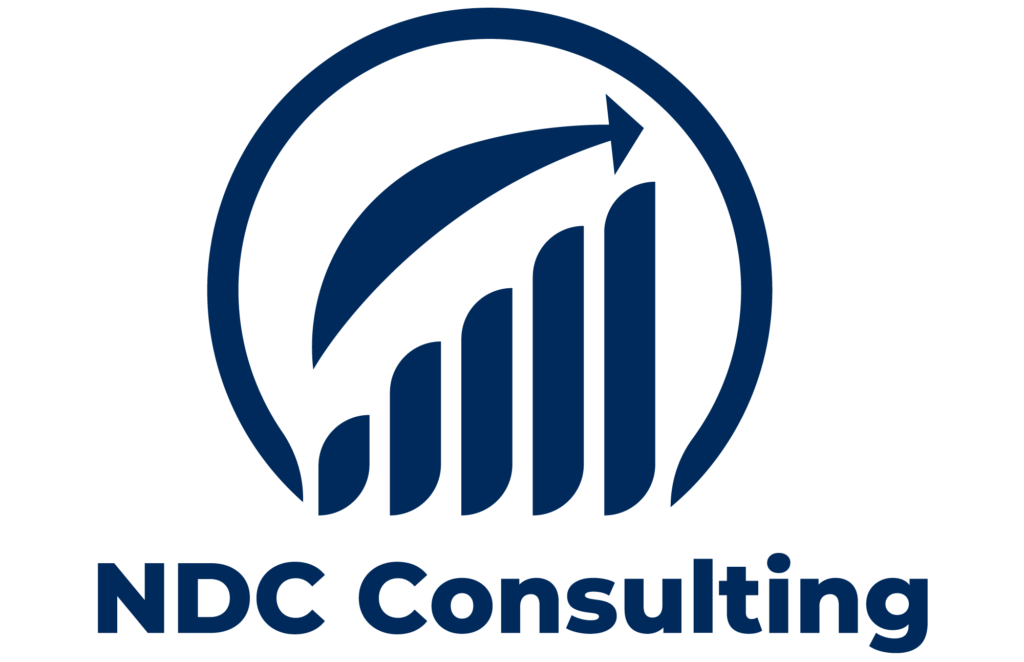
The global business environment is growing more and more dynamic. Businesses must manage constantly changing regulatory requirements and procedures to guarantee that their operations are efficient and compliant. For long-term success, compliance and performance audits are now crucial. They improve the performance of the organization in addition to addressing compliance. Thanks to this technology, auditing is now methodical, effective, and insightful. Better risk management and operational transparency are experienced by businesses that invest in audit solutions. It is not only beneficial but also essential to have strong audit management software as regulations change.
What are the Differences Between a Performance and Compliance Audit?
A compliance audit methodically looks at how well a company complies with internal policies, laws, or regulations. Assessing if the company has put in place the controls and processes required to meet these standards is part of it. They play a vital role in risk mitigation, reputation management, avoiding expensive fines, and ensuring that businesses are abiding by the law. These regulations are enforced by both standard organizations and government agencies. During these audits, businesses are required to provide proof of their policy compliance. Missing out could result in fines and reputational harm. The goal is to verify that procedures follow industry norms.
Performance audits, on the other hand, concentrate on effectiveness and efficiency. They evaluate how procedures affect financial performance, monitor the efficiency of resource utilization, and examine performance measures to see if objectives are accomplished.
Performance audits determine if the company is accomplishing its goals as effectively as possible. They assist in pinpointing areas that require development, such cutting expenses, raising output, or improving service provision. Performance audits concentrate on results, whereas compliance audits seek to adhere to regulations.
The success of a corporation depends on both kinds of audits. Companies are protected from legal dangers by compliance, and performance audits promote ongoing development. Businesses can see their entire operational status by comprehending both types. Ignoring one or both can put businesses at danger and impede growth.
Compliance audits and performance audits differ from one another
Both audit kinds may appear to be comparable at first look. The focus and scope, however, are very dissimilar. Compliance audits closely look at adherence to regulations. Auditors make use of a regulatory requirements checklist. Any deviations produce results that need to be handled. Here, avoiding fines or sanctions is the goal. Industries such as manufacturing, healthcare, banking, and life sciences are not able to negotiate these audits.
Performance audits, on the other hand, go further into the efficiency of processes. Instead of laws, the metrics are based on objectives. Performance auditors evaluate the efficiency of an organization’s resource utilization. They assess process results as well as operational effectiveness. In these audits, the “how” is prioritized over the “what.” They offer information that enables businesses to increase output.
Another significant distinction is accountability. Performance audits may encompass the entire company in search of system-wide improvements, whereas compliance audits frequently hold departments responsible for adherence by departments. Performance is flexible and focused on results, whereas compliance is strict and governed by rules. In order to effectively allocate resources, organizations must be aware of these distinctions.
The Key Distinctions Between Performance and Compliance Audits
One way to sum up the main distinctions between the two kinds of audits is as follows:
Focus: Performance audits concentrate on accomplishing organizational goals, whereas compliance audits concentrate on following laws and ordinances.
Scope: Narrower in scope, compliance audits usually concentrate on particular compliance issues. Alternatively, performance audits might cover more ground, including different facets of an organization’s activities.
Approach: To confirm adherence to certain criteria, compliance audits frequently use a checklist-based methodology.
Performance audits can take a more adaptable approach, employing a range of methods like observations, interviews, and data analysis.
The Function of Audit Software in Adhering to Compliance Guidelines
Nowadays, audit software is essential for businesses handling compliance. It streamlines the audit process and eliminates errors. Manual error is eliminated by automation. Moreover, it ensures that all documents are structured by streamlining data gathering and storage. Teams are assisted in staying up to date with regulatory changes by the software’s real-time updates. It is no longer necessary for businesses to rush to fulfill deadlines.
Audit software also makes traceability better. It records all decisions and actions digitally. Inspections benefit much from this transparency. The necessary documents are readily available and accessible to auditors. Additionally, the platform makes data easier to understand for stakeholders by streamlining reporting. Analytics tools help identify areas of danger that require action. Organizations can take preemptive measures as a result.
Additionally, audit software facilitates documentation. By centralizing records, it lessens the paperwork burden. It is simple to update all procedures when new regulations are introduced. The program is a complete solution that keeps businesses in compliance. It streamlines the entire process, from planning audits to implementing corrective measures.
Using Quality AI-Powered Audit Management Software has the following advantages:
Using audit management software for compliance has several important advantages, some of which are:
Central Repository: All audit documentation is kept in a centralized location by the program, which facilitates management and access.
Workflows that are automated: It streamlines the audit process and automates workflows, which lowers manual labor and speeds up completion.
Real-time insights: The organization’s compliance status may be ascertained with the use of its real-time dashboards and reports, which facilitate prompt remedial action.
Risk-based auditing: This method helps prioritize audit tasks and concentrate on areas with a higher level of risk.
Collaboration and communication: Management, auditors, and other stakeholders can work together more easily thanks to the platform.
Qualities to Consider in an Audit Management Program
The choice of audit software is a significant one. Features that fit business demands must be evaluated by companies. Automation is essential. Accuracy is improved and time is saved. Also, the program must to include editable templates. For companies with special needs, this flexibility is essential.
The use of data analytics is another crucial component. To make wise judgments, businesses require insights. Analytics software measures performance indicators and finds holes. Dashboards that are easy to use should be provided by the software to facilitate interpretation. The ability to integrate is equally important. The tool needs to integrate seamlessly with current platforms, including as ERP and CRM systems.
Decision-making should also be based on user experience. High learning curve software might reduce productivity. Choose a straightforward and simple-to-use solution. Look for audit trail features last. By ensuring that every action is recorded, accountability is increased. Software should make audits easier, not more difficult.
Functionality related to risk management is also essential. Risk assessments and mitigation techniques must to be supported by the software. Another element to take into account is mobile accessibility. Because auditors frequently have to do evaluations while on the go, a mobile-friendly technology makes data collection effective. It is impossible to compromise on security. To safeguard sensitive data, the software needs strong encryption and user authentication.
Tips for Selecting the Best Audit Software for Your Company
It takes more than just functionality to choose the best audit software. Software needs to be in line with long-term objectives. First, conduct a needs analysis. Determine where the existing audit procedures are lacking. Understanding your obstacles will help you focus your search. The budget is also very important. Even if more capabilities are available with more expensive tools, value may not always be added.
Think about scalability next. Audit requirements are growing along with enterprises. Purchasing scalable software is a smart move. Invite your audit team to participate in the review and ask vendors for demos. This tells you whether the user interface is what you require. Analyze the reputation of the supplier. Read reviews and ask current consumers for their opinions. This study guarantees that the companion you choose is trustworthy.
One of the main priorities should be data security. Verify if the program conforms with international security requirements. Verify whether the vendor releases patches on a regular basis to address vulnerabilities. Other important components include training and support. Without adequate onboarding, even the best software becomes useless. Make sure the supplier provides a responsive support staff and product training.
Lastly, consider future-proofing. Select a course of action that accommodates the new rules. Cloud-based solutions typically update more regularly, requiring less work to maintain your system compliant. The proper audit software should increase productivity and get your company ready for new challenges.
Coclusion
Software for audit management has developed beyond compliance. These days, it’s essential for improving performance. It transforms audits into a tactical advantage rather than a laborious chore. While analytics facilitate data-driven decision-making, automation lowers errors. Businesses that employ the correct software reduce risks and increase productivity. Audit software is becoming essential as companies are subject to more requirements. It guarantees adherence and facilitates the attainment of performance objectives. Long-term benefits come from making the correct investment. Aim for increased performance and growth rather than merely compliance.

